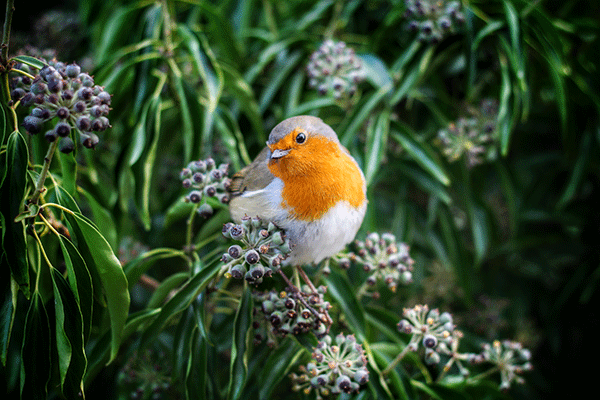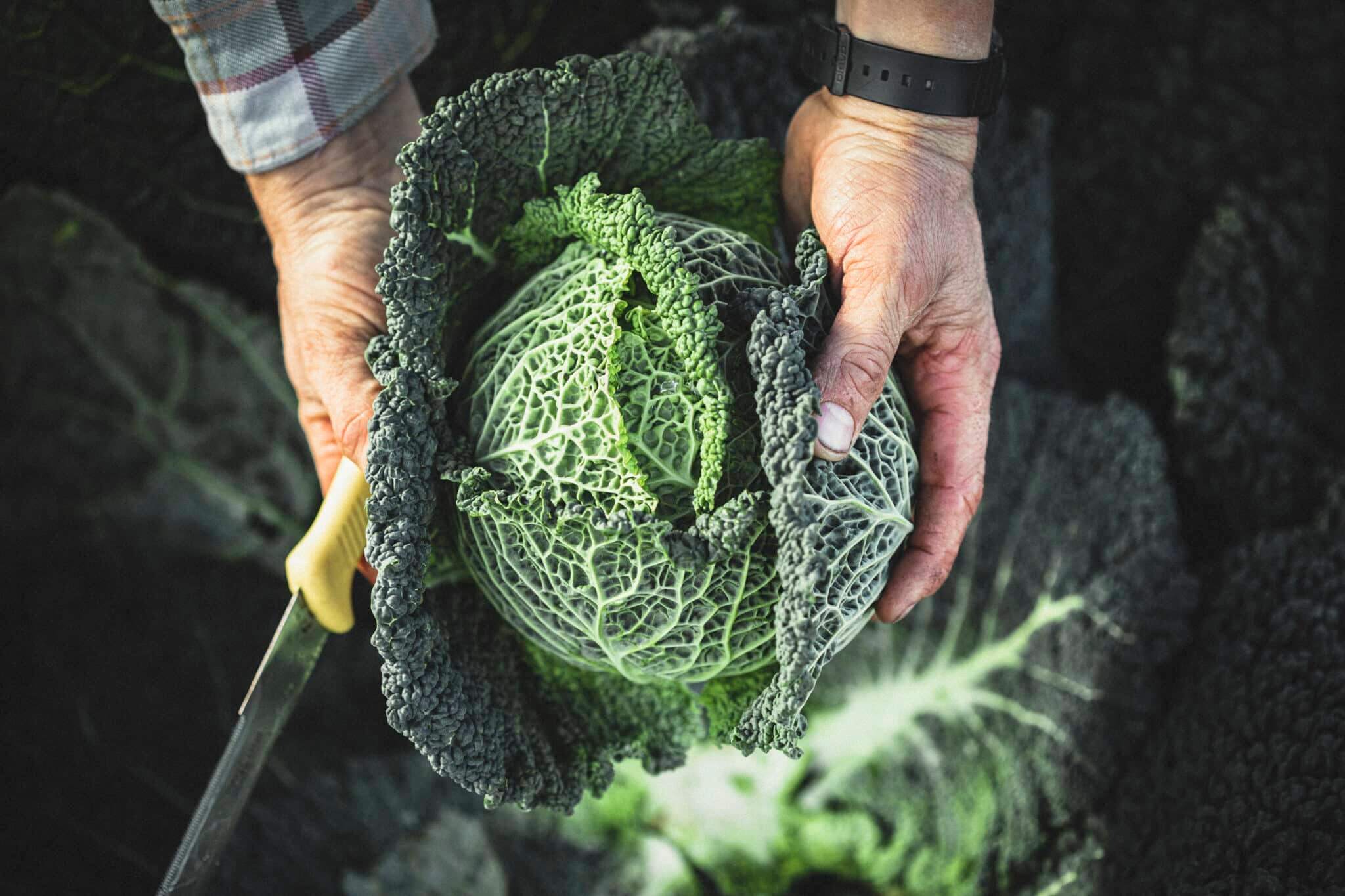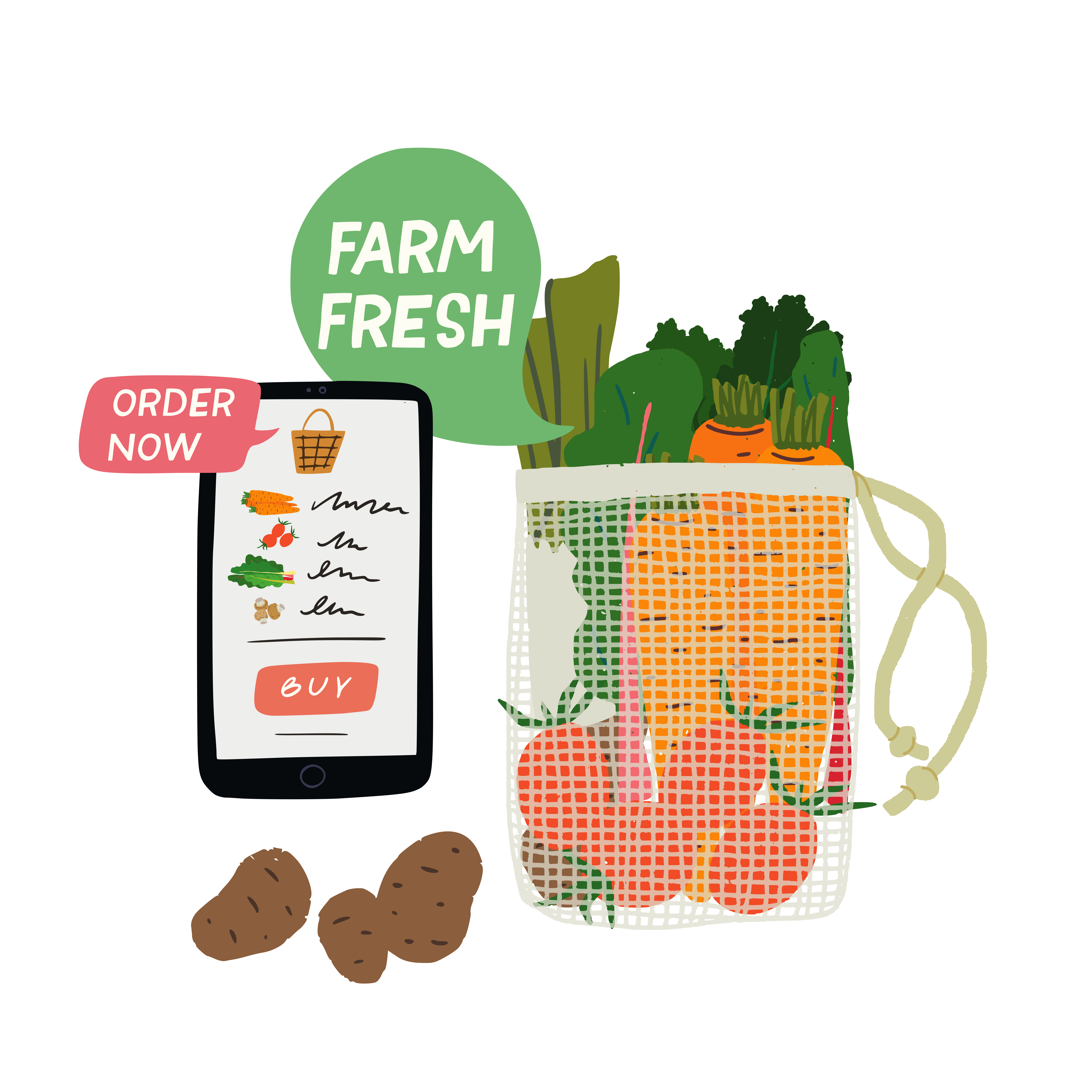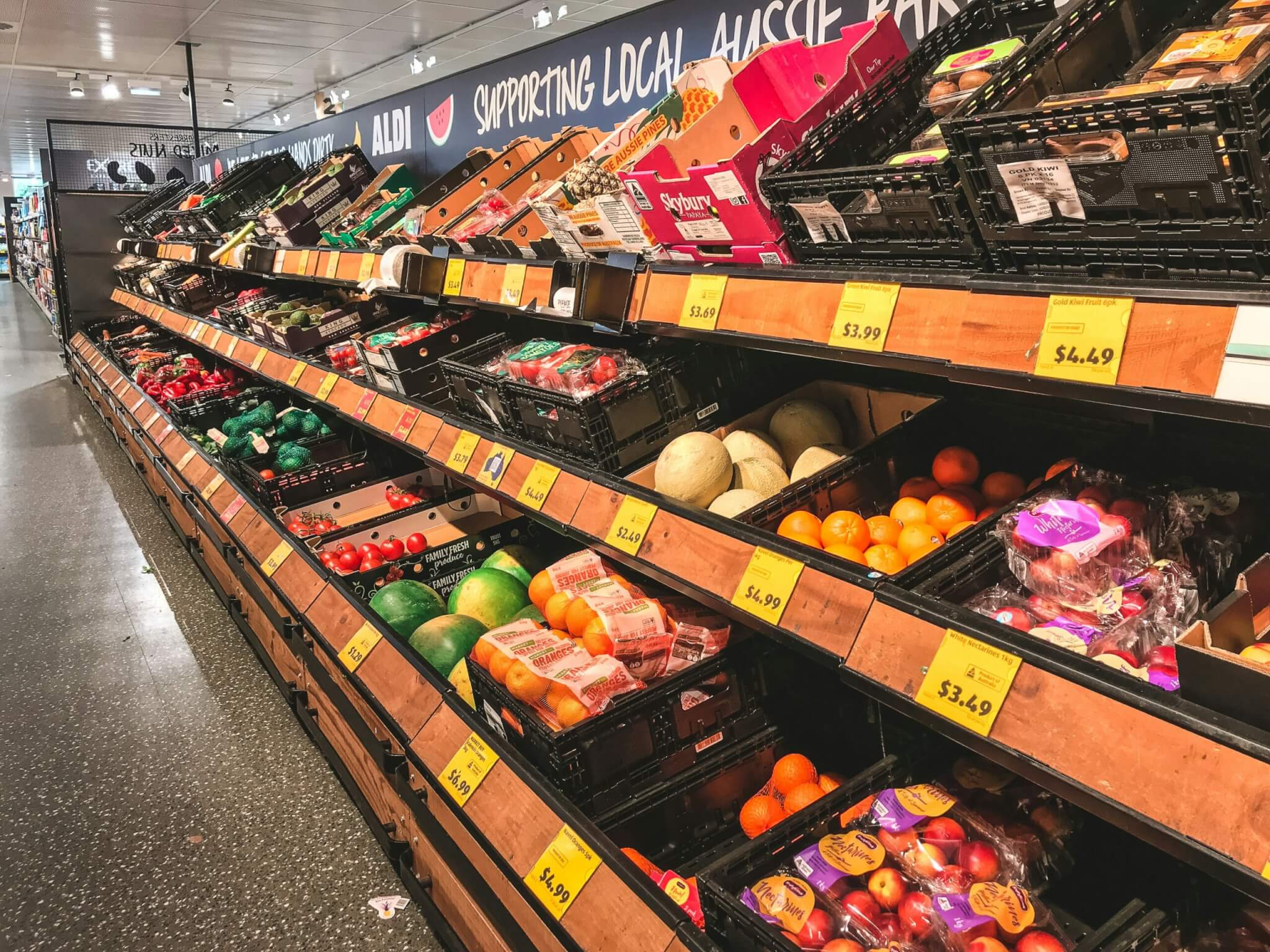One of the greatest pleasures of being outdoors is noticing the birds and hearing them sing. It lifts the heart, and eyes. That rare glimpse of a shy nuthatch, the outrageously loud alarm call of a wren, and the cheeky head-on-one-side robin, they all bring good cheer when I’m out in the veg patch. And with spring round the corner, birds are now out in full force.
But it’s not just the pleasure of feathered company that I appreciate. Birds are one of the best organic pest controllers – collecting slugs, aphids and other bugs that are out to munch my precious crops. Did you know a family of blue tits can eat 100,000 aphids a year?

So I wanted to share with you some tips on how to bring birds into your growing plot, and how you can look after them.
Yes, we all like to feed the birds. But with three simple steps, I can not only avoid buying bags of bird food (have you thought of the food miles? The single use plastic bag? And it’s certainly no longer ‘tuppence a bag’), but also provide my bird friends with shelter and sustenance – the natural way.
First, it’s important to provide shelter
Birds are shy creatures and rely on cover to protect them. They need shelter from weather, predators and humans. They feel safest in dense growth above ground, in a hedge for instance, to build a secure nest that will protect eggs and chicks.

Put as many shrubs, hedges and trees as you can in your growing space. And when pruning in winter, leave shrubby undergrowth and climbers such as ivy as protection. Don’t trim hedges until after the spring and early summer breeding season.
Fix up a bird box. To provide privacy and safety, they should be fixed two to four metres up a tree or a wall, with a clear flight path. Face the box between north and east, thus avoiding strong sunlight and the wettest winds, and tilt the box forward slightly so that any driving rain will hit the roof and bounce clear.
Second, there’s no harm in feeding birds, but I urge you to consider the sustainable way.
Make sure your soil is full of worms and bugs for birds to pick over. You can do this by adding homemade compost. Many birds eat insects, so grow plants that attract them and never use insecticide sprays. Also choose plants that provide fruit (such as berries) and seeds (long grasses are excellent for this).
Make your own bird food

Here are some ideas for homemade avian treats:
Leave windfall apples, pears and other fruit on the ground, including bruised and part-rotten ones. They are very popular with blackbirds, thrushes, tits and starlings as an important food source through winter.
Surplus cooked rice, plus any dry breakfast cereal, including uncooked porridge oats (never use cooked porridge, as this is glutinous and could harden around a bird’s beak.)
Cheese, bread, cold baked potato and dried fruits are all welcome treats.
Make your own fat cake. Pour melted hard fat (suet or lard) onto a mixture of ingredients such as seeds, nuts, dried fruit, oatmeal, cheese and cake. Use about one-third fat to two-thirds mixture. Stir well in a bowl and allow it to set in a container of your choice (a reused plastic margarine tub/yoghurt pot makes an ideal bird cake ‘feeder’).
Be warned! Garden birds are unable to metabolise salt. It is toxic to them in high quantities and affects their nervous system. Never put out salted food onto the bird table, and never add salt to bird baths to keep water ice-free in the winter.
Bird feeders can also transmit diseases if not cleaned regularly. Read this piece on how to feed birds safely with advice from the RSPB.
And finally, birds need water
Most small birds need to drink at least twice a day.
Water to bathe in is just as important, in winter and summer, as it is essential to help birds preen; to keep their feathers in good condition, and trap an insulating layer of air underneath to keep them warm.
So I have two bird baths. One is an ornamental pond, which pigeons and other larger birds use to bathe and drink from. The other a simple margarine tub, on the table outside my potting shed. Both are popular (my robin friend seems to like the latter) and easy to keep topped up with fresh water. This is particularly important all year round, during hot droughts as well as icy conditions.
I do recommend the RSPB website for all garden bird related advice and facts.
The Grow Your Own Wicked Leeks series is written by Garden Organic, the national charity for organic growing. Each month we bring you timely advice on what to do in your organic patch, whether you’re an experienced grower or just starting out. Share your own tips and gardening photos on social media under #GYOWickedLeeks.













What a wonderful article, thank you. I will try making my own bird food, as I do spend rather a lot on seed, which is difficult to afford at times and I had not really considered the environmental impact until now.
I have one query please. I thought that feeding birds bread was now discouraged, but perhaps I am mistaken.
Also shop bought bread and some leftover baked potato will, or may contain salt, so is it still acceptable to feed these to birds given the article quite rightly discourages us from adding salt to any feed or water? I accept the article refers to ‘salted food’ so maybe it is a matter of degree, as the article does say salt is toxic in high quantities.
I was unaware one could feed them cheese! I assume again, we should avoid cheddar etc., which is high in salt?
I make my own sourdough bread and have not been giving any leftovers to the birds, I only add a tiny amount of salt, so thanks to this article I now feel I can start feeding them my bread again.
Thank you for your article, it has inspired me, and I will check the RSPB website.
Thank you, I’m glad you enjoyed the article. Birdsong gives so much delight to my time outdoors, especially as the year turns, bringing a heart lifting burst of songs and calls. I think you have quite rightly identified – and answered – your queries. Bread is ok as a bird food, but only as part of a balanced diet. I think the RSPB wants us to move away from feeding park ducks large chunks of loaves for instance. As to salt, again I bow to the RSPB expertise, but since they recommended many of the foods I’ve listed, I think you are quite right to say it is a matter of degree. I’m sure your delicious sourdough would be fine (if you have any leftover!) but definitely not crisps or salted peanuts.
It’s worth noting that the RSPB recommends that hedges aren’t cut before the end of August, many species will still be nesting up to that time (and beyond in some cases).
I should add that under the Wildlife and Countryside Act it’s an offence to cut a hedge which has nesting birds in it. Too many people are obsessed with “tidyness” and controlling nature and pay scant regard to this.